The service
included a rigid methodology to maintain the organization of all four thousand
one hundred and sixteen glasses. It all started with the preparation of the
construction site, which included the closure of sidings on the outside (in the
garden) and internal (on the stairs of Chesf). After isolation, was made the
dismantle the stained glass, where all one hundred twenty-eight panels were
photographed to record, numbered and stored in drawers specially built for the
occasion. With this record was made a detailed damage map to security the service.
After dismantling, the next step was to build a new support steel structure.
For this new structure, the iron (which was the used material) was substituted
for stainless steel in order to dramatically reduce rusting. The pieces were produced in
the workshop of Jobson Figueiredo in Igarassu under Severino Gomes command. The
new beams and stainless steel support bars were taken to Chesf and assembled in
the building with translucent glass, thus the structure was ready and waiting
for the restored stained glass pieces.
All panels removed undergone a cleaning process in three steps: washing with
water, with kerosene and with sodium bicarbonate. After washing, the next step
was the replacements. Each panel has a recovery according to it needs, some of
the panels were in good condition, but most needed interventions. Hundreds of
jobs have been carried out, the most common problems were: broken glass, lead
deteriorated, inadequate materials of ancient botched restoration. For the
broken parts were blanks in the same format on paper and later in new glass,
dismantled the dashboard and made replacement. This surely was the most
laborious and meticulous service of the entire restoration.
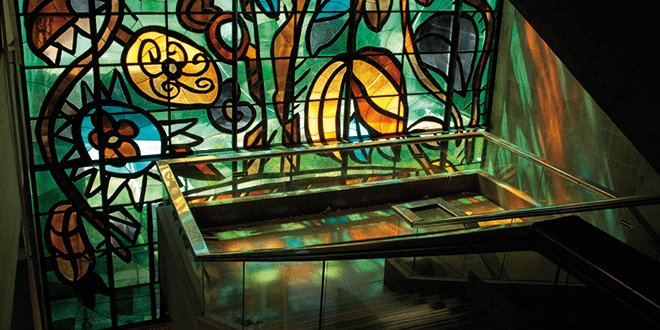 Stained glass of Francisco Brennand completely restored.
Stained glass of Francisco Brennand completely restored. In danger structure.
In danger structure.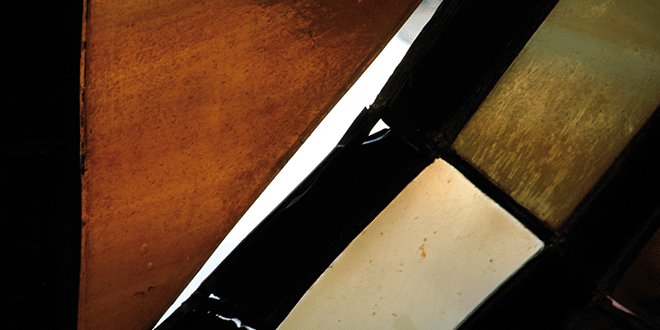 Crack in stained glass pieces.
Crack in stained glass pieces. Outside completely damaged.
Outside completely damaged. Broken glass.
Broken glass.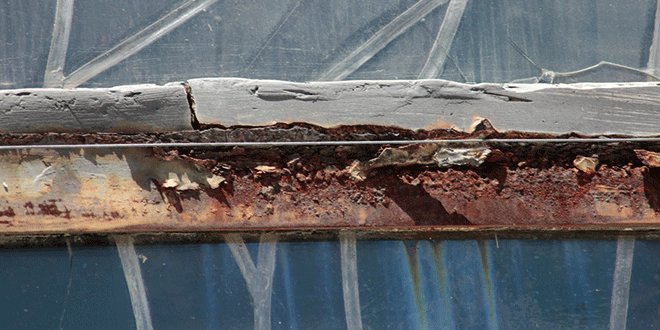 Destroyed sidebar.
Destroyed sidebar. Stained Glass disassembly.
Stained Glass disassembly.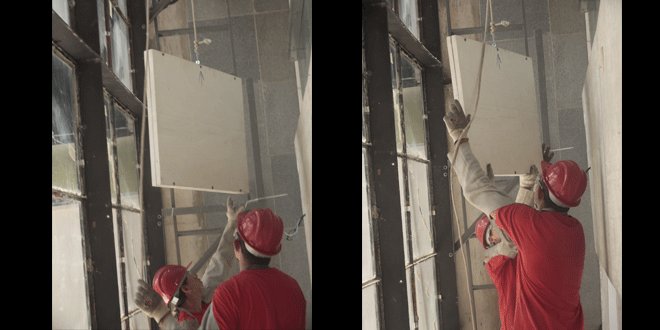 Down of the panels.
Down of the panels.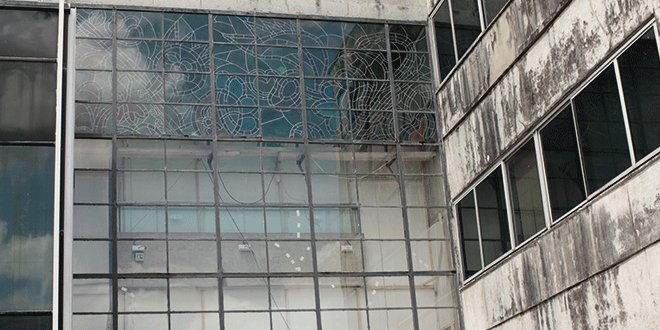 Withdrawal was performed with the accompanying of structural map.
Withdrawal was performed with the accompanying of structural map.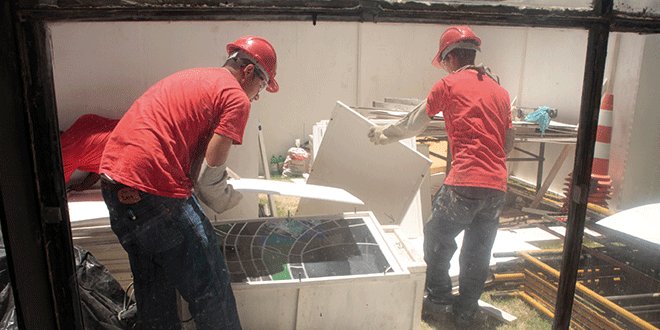 Packaging panels in exclusive boxes.
Packaging panels in exclusive boxes.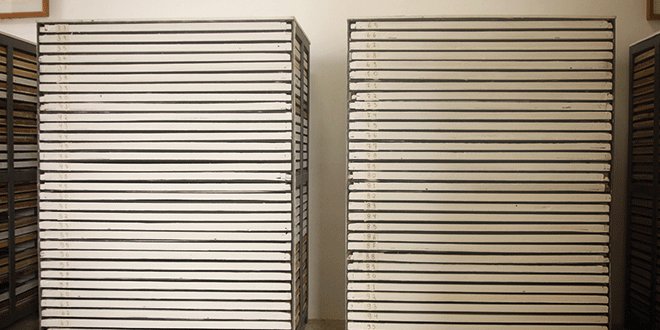 Drawers made for receiving the panels.
Drawers made for receiving the panels. Removal of damaged columns.
Removal of damaged columns. Manufacture of new metal parts.
Manufacture of new metal parts.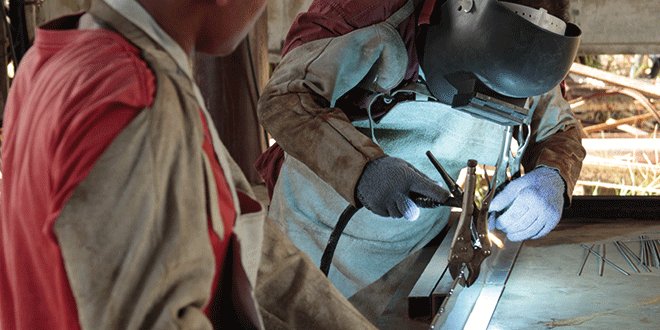 Welding the new structure.
Welding the new structure.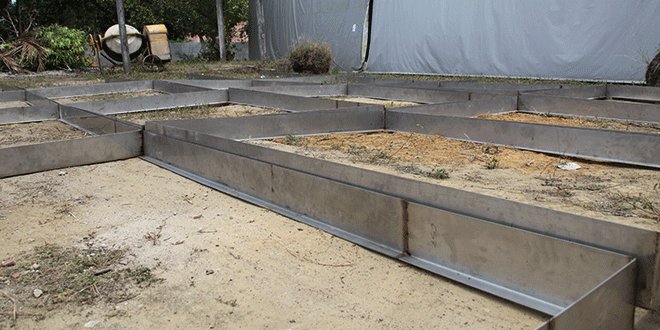 Completely new structure disposed in the Atelier Jobson Figueiredo.
Completely new structure disposed in the Atelier Jobson Figueiredo.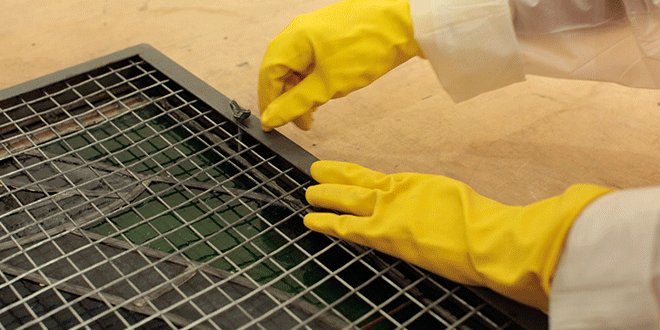 closing the grid.
closing the grid.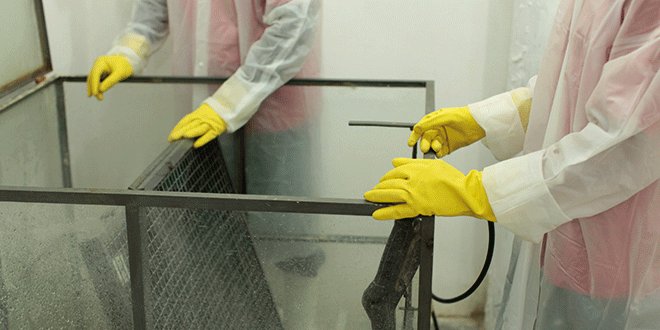 Washing of parts in cage especially made for the restoration of Chefs stained glass.
Washing of parts in cage especially made for the restoration of Chefs stained glass. Clean panel.
Clean panel.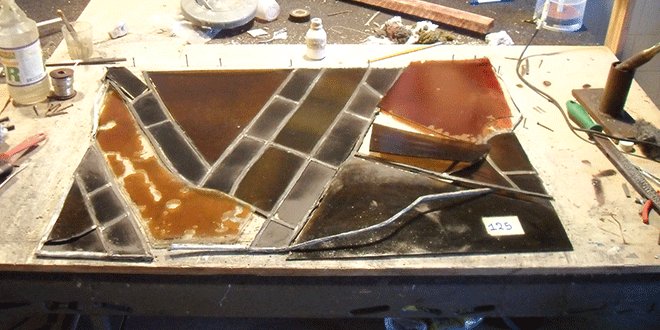 Initial situation of panel #125.
Initial situation of panel #125. Disassembly of panel #125.
Disassembly of panel #125.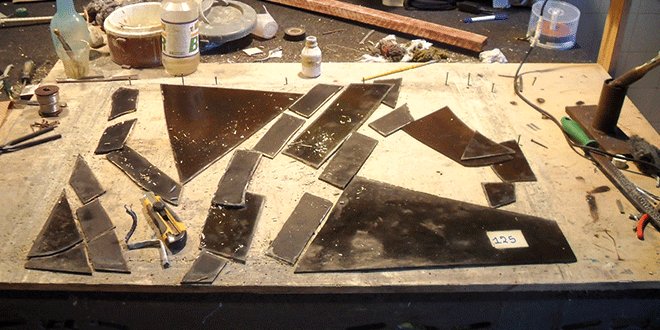 Removal of damaged corners.
Removal of damaged corners. New corners for panel #125.
New corners for panel #125.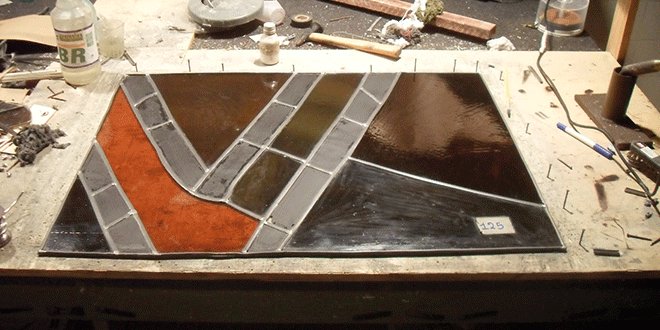 Restored panel #125.
Restored panel #125. Assembly of all panels.
Assembly of all panels.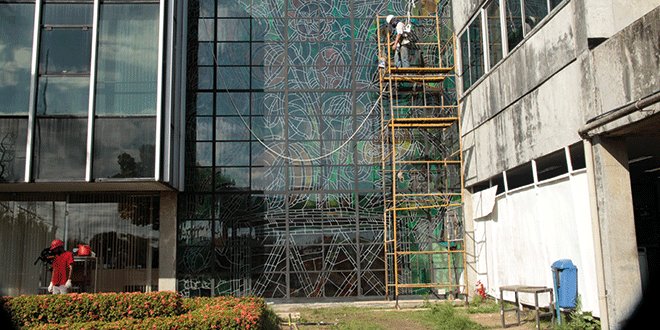 Final adjustments in the assembly.
Final adjustments in the assembly.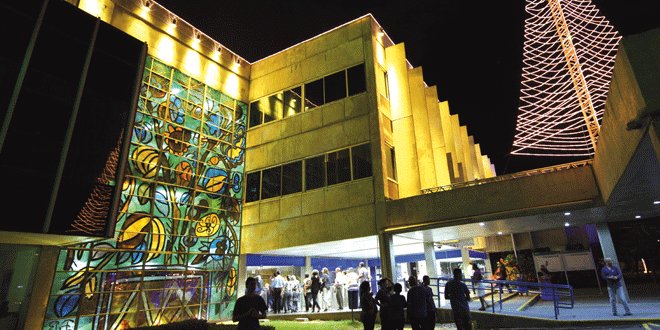 In 2009 began the restoration of stained glass of Francisco Brennand that was finished in the middle of 2010. The artwork, dated 1976 was executed by Arte Sul of São Paulo and is composed of one hundred twenty-eight panels distributed in about ten meters
In 2009 began the restoration of stained glass of Francisco Brennand that was finished in the middle of 2010. The artwork, dated 1976 was executed by Arte Sul of São Paulo and is composed of one hundred twenty-eight panels distributed in about ten meters

